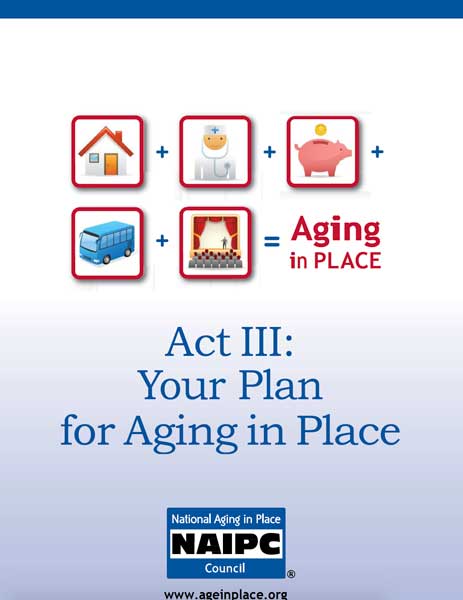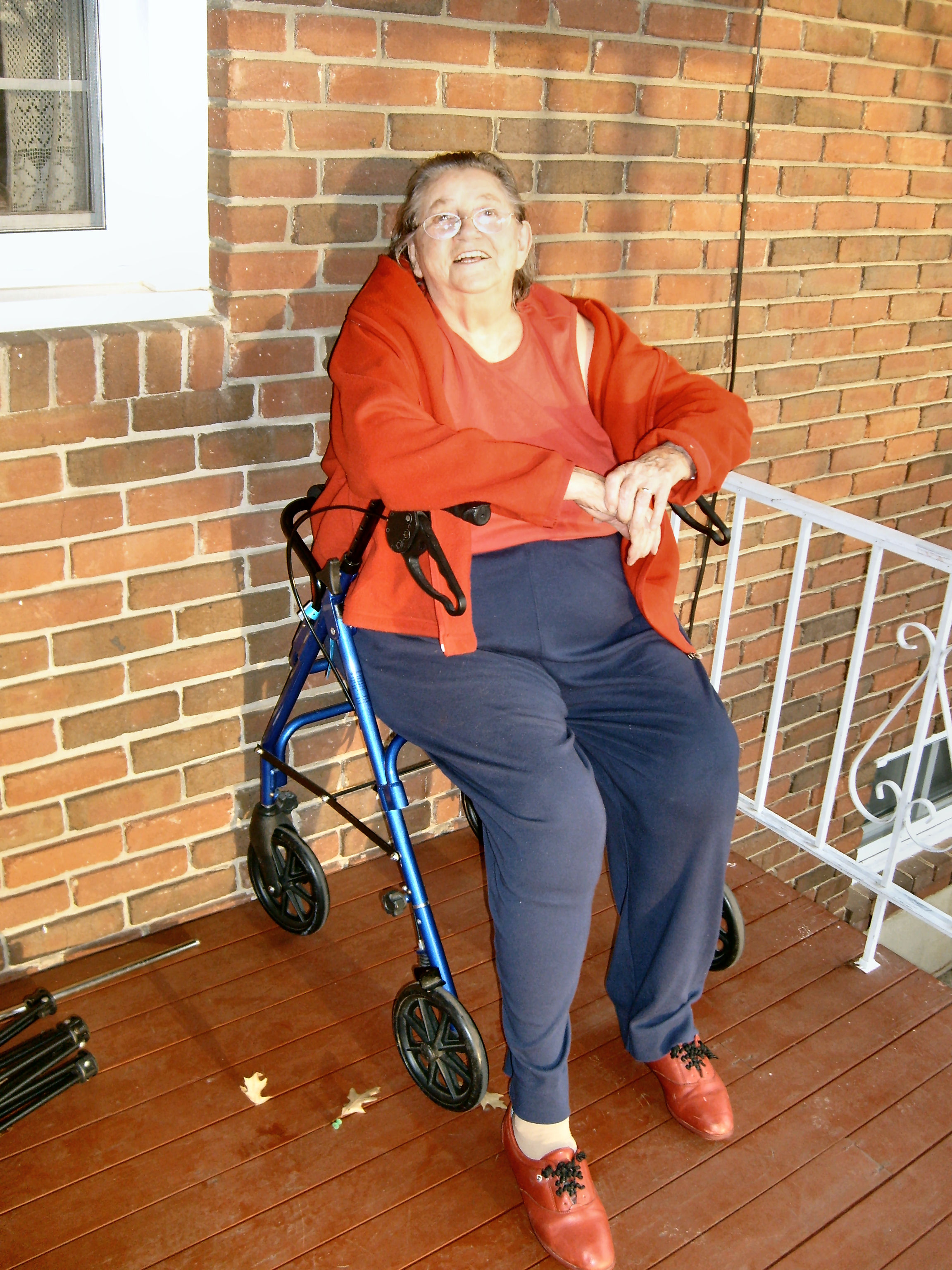Ten Years Later
It was ten years ago, in May of 2009, that the very first edition of Housing Matters appeared here in the pages of Senior News. It is hard to believe that ten years have passed. In that initial column I laid out the fact that most people want to continue to live in their own homes as they age. I also pointed out that most of our homes are not designed and built for people of any age who are experiencing any mobility impairments. These two facts have not changed appreciably in the last ten years. When asked, most people will still tell you they would prefer to remain in their own homes throughout the course of their lives. Unfortunately, most homes are still built with no thought towards accommodating the mobility impairments that can happen to us at any stage of our lives, but are increasingly likely to occur as we grow older. Most of our homes are still what I call “Peter Pan Housing”. What is “Peter Pan Housing” you ask? Simply put, it is housing built for people who never grow old! The standard home, with its steep stairs, small bathrooms, narrow doorways, dim lighting, slippery floors, and cramped kitchen, is simply not suited for the growing number of us who don’t get around as well as we used to. Not to mention those of us who don’t see or hear as well as we used to. Or who have trouble with balance. The list goes on and on. Don’t get me wrong. I do not mean to create the impression that I think nothing has changed in ten years. I do not believe that all of my writing and speaking and persuading people to modify their homes has been in vain. Let me tell you some of the things that I have seen change in the last ten years.
First of all, the awareness of Aging in Place is growing by leaps and bounds. Ten years ago, when I mentioned Aging in Place, Universal Design, or home modification, almost no one knew what I was talking about. Today, many people understand these terms and are planning ahead to make changes to their homes before it becomes an urgent need. This is particularly true when people have spent any time in the role of a caregiver for a parent or other loved one. We still have a long way to go in getting people to plan for a better later life, but I am encouraged by the progress that we have made. Many people are still resistant to the idea of thinking and talking about the fact that their needs are changing as they get older. We need to keep working to persuade people that “expect the best, prepare for the worst” is very good advice.
Another area that I have seen great change in is the explosion of new products and services in the marketplace. There are products such as Safeway Steps to convert a bathtub into a step in shower and new railing and grab bar options by the dozens. There are technology based solutions to help loved ones stay in touch and respond quickly when there is a need. There are companies that supply needs from transportation to meal and prescription delivery to home care directly to people’s homes popping up everywhere. Meanwhile as baby boomers continue to turn 65 at the rate of 10,000 per day (the oldest baby boomers are now 73) the need for aging in place goods and services continues to grow. What will the next ten years bring? Let’s find out together!


